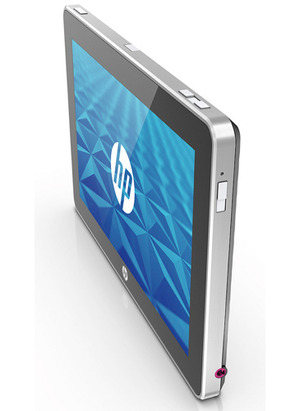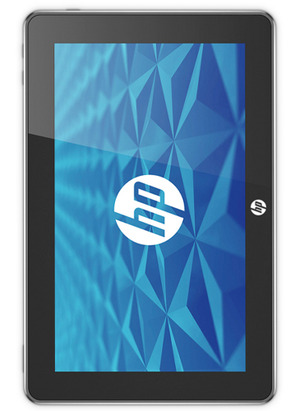
The Success of Windows 7
The biggest hit of the year, for Microsoft and its partners was Windows 7 though. We’d agree without much need for debate or thought. The success of Windows 7 was apparently based on three goals – making a PC that worked the way people wanted it to work, making it simple to accomplish common tasks, and to have the potential to be customised or enhanced by a third party. Ballmer goes through a lot of numbers – how PC sales jumped 50 per cent on the launch day, and how Windows 7 had eight million beta testers and so on. The most interesting number is that a survey found that 94 per cent of the early adopters were fully satisfied by the OS.Gartner predicts that PC sales will rise in the next couple of years, and Ballmer believes this is due to the wide of PC types that available – from tiny ultra-portable laptops to all-in-ones to desktops. The choice of what kind of PC you can buy is almost limitless, he says.
We’re treated to some interesting all-in-ones – Lenovo has the thinnest ever, while Medion has one of the first multi-touch all-in-ones. Dell’s Adamo laptop makes an appearance – as we’re in Vegas, the thinnest of the Adamo is compared to a stack of poker chips, and it comes out as only slightly thicker than three chips. HP has an Envy laptop with a DX11 ATI graphics card, while Asus has a 3D laptop.


Ballmer used his keynote to highlight so-called slate PCs - the tablets of yesteryear - running Windows 7, including this forthcoming model from HP
What follows is about 20 minutes of playing around with software – collaborative tools in Office 2010, an advanced eBook reader and some of the flashier map tools in Bing maps. There’s a demo of a media PC that can record four HD channels at the same time via Cable Card and Media Center, and lots of plugging the benefits of a media PC. It all seems a bit frivolous, and a touch like filler, and there’s little that’s really exciting. Ballmer finishes with a plug for Media Room 2, a way to get paid-for content onto your media PC using Silverlight.
Of more interest are the three Slate PCs – Apple's tablet launching a slate-like device is expected to be launched around the end of the month - and so it seems other companies are taking a bash too with devices running Windows 7. HP will have what looks like an 9in slate at some point this year, and Ballmer shows how you can use the Kindle PC software to display books in full colour and turn the page with a swipe of a finger. Of course, the screen is still an LCD, so an eBook reader is a better device for long reading sessions.
Ballmer ends his section of the show by firing up a special video. It’s Seth Meyers again, and he’s still not funny.

Apple's tablet was at one point, rumoured to be called the iSlate; is it a coincidence then, that it's the slate name Microsoft chose?
Conclusions
I’m not entirely sure what happened for the past hour. I was expecting more about what Microsoft will be doing this year, but instead we mostly got a lot of ‘how great we were last year.’ Apart from a big game most months and Project Natal on Xbox, we didn’t see much of what Microsoft has planned for the year ahead. There was a bizarrely long time spent re-iterating the benefits of media PCs to a roomful of people who suspect that simple HD media streamers will stop such machines ever becoming really popular, for example.All we really saw of the future that was new were slate PCs, all of which are pre-production at the moment, and appear to be running a standard version of Windows 7. It’ll be interesting to see whether the modern low-power CPUs (Atom, Tegra, Via Nano and so on) that are in all likelihood powering these machines will have the power to run the touch functions of Windows 7 at a reasonable speed.
It’ll also be interesting to see whether there’s any demand for such a device – for casual use and web browsing I use my iPhone (feel free to replace that with your web-enabled smartphone) and for more intense work or longer browsing sessions I’ll use a laptop or desktop. At no point do I feel the need for a larger version of my iPhone. While I’m happy to be proven wrong on that, it still looks like a quiet year for Microsoft, especially away from its Xbox console.

MSI MPG Velox 100R Chassis Review
October 14 2021 | 15:04








Want to comment? Please log in.